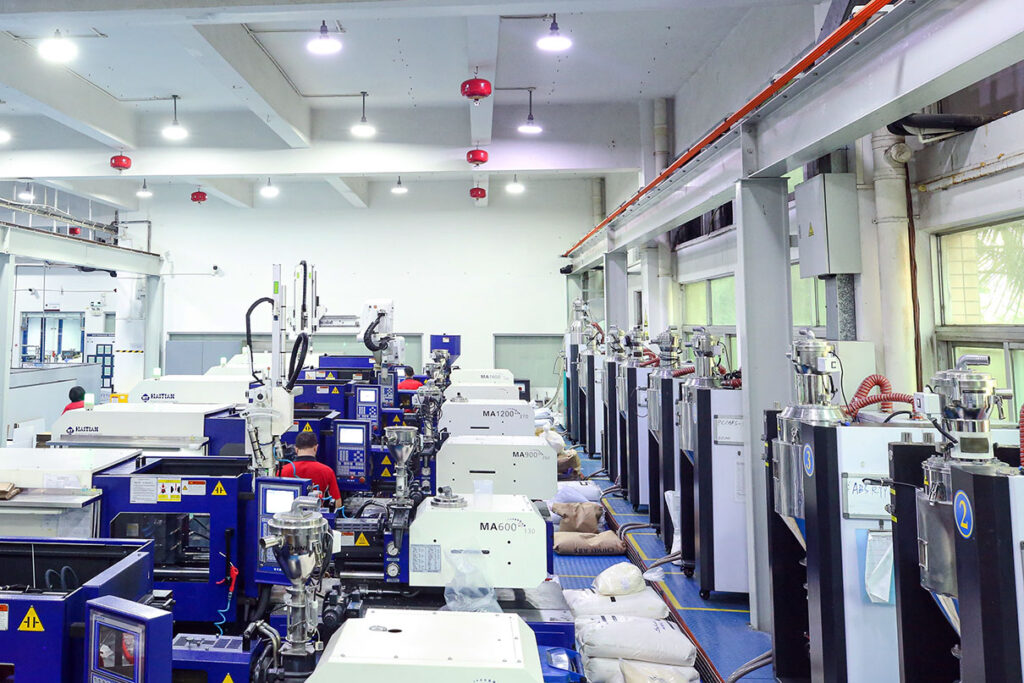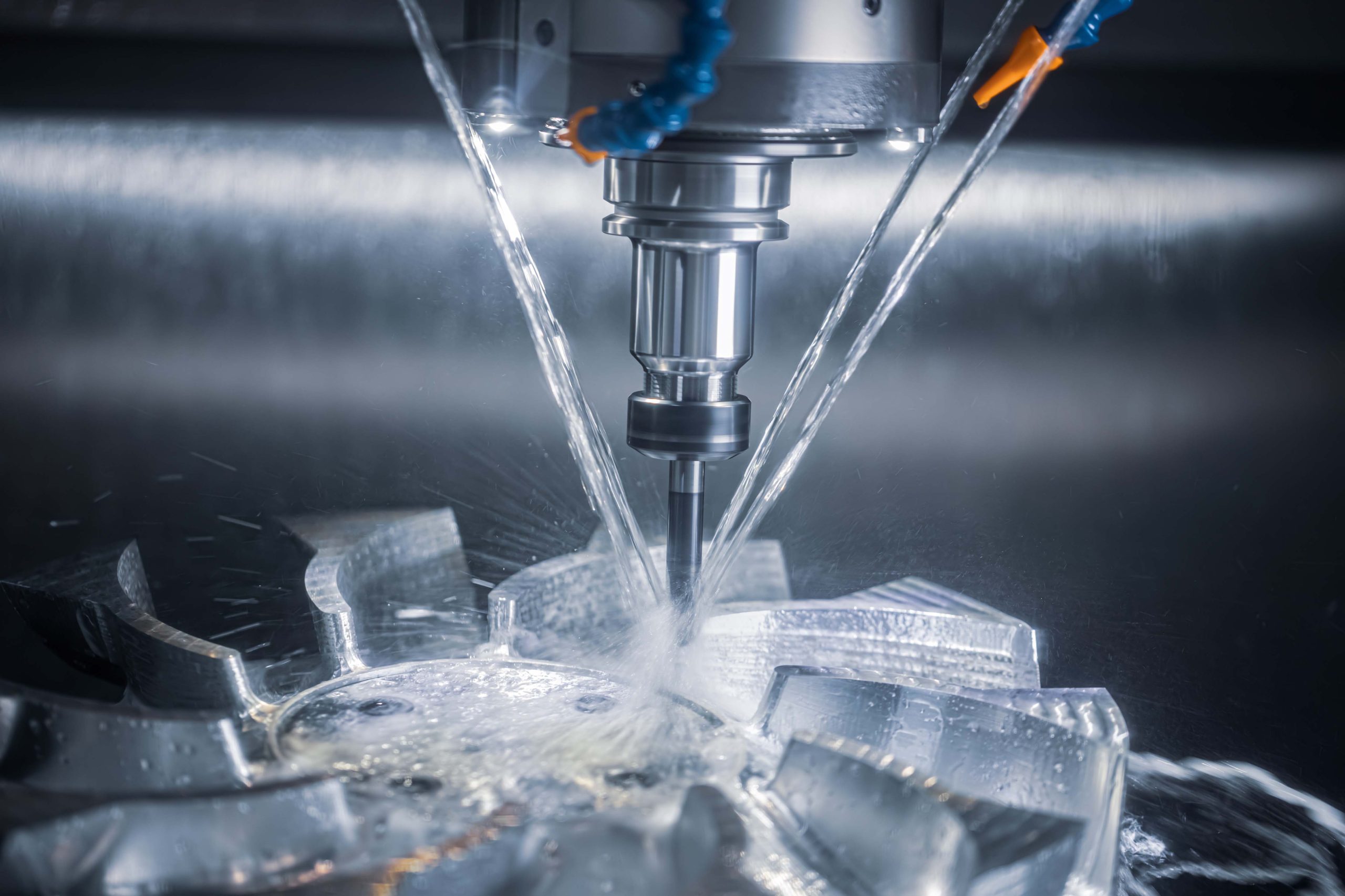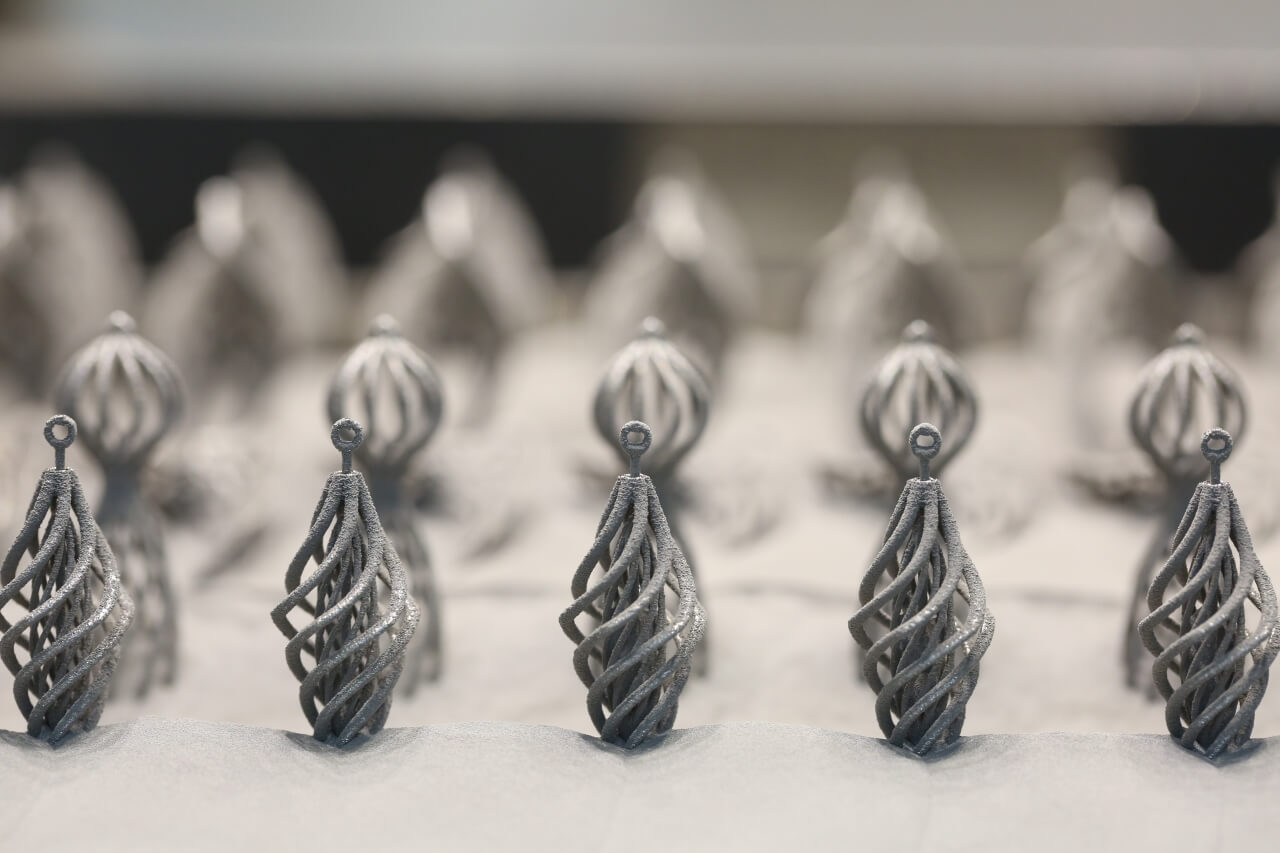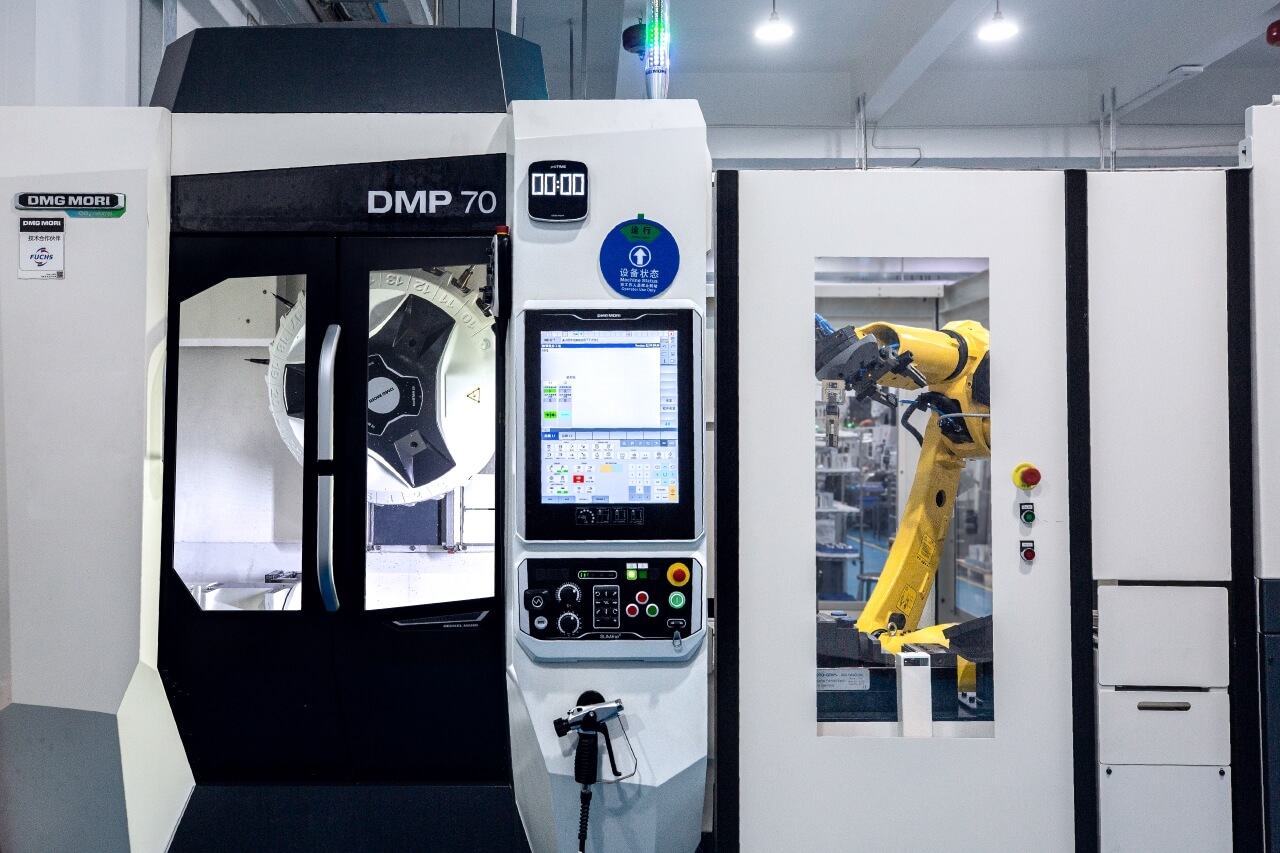It’s a big challenge to achieve color consistency for large production runs of plastic injection molded parts. To ensure consistency when molding colors, it’s essential that you have careful process control at every step.
It’s important to note that plastic color is highly subjective – subjective in how you see and interpret plastic color. It depends on viewing conditions, visual acuity, the light source, and many other variables.
In this Serious Engineering video, learn what color is and how we measure and control molding colors during manufacturing.
Color Consistency Challenges During Injection Molding Process
The volume of parts is the most important factor affecting the consistency of molding colors.
Why is this important? It’s important because plastic resin suppliers typically have minimum order quantities that apply to pre-compounded resins. These MOQ restrictions can affect a product developer’s decision about the smartest way to prepare colors for plastics.
Some coloring processes that are fine for small batch orders wouldn’t work for large-scale production.
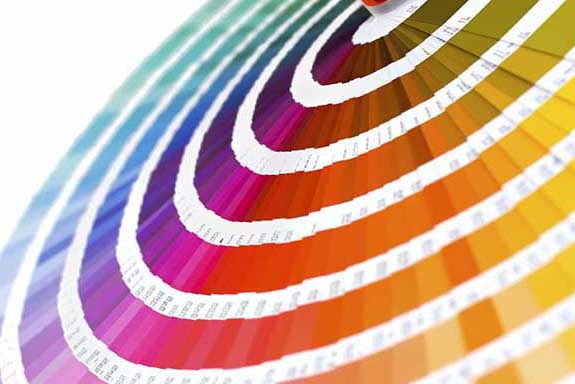
The Importance Of Pantone
Pantone plastic color charts and plastic color chips are important tools used to measure and prepare molding colors. Pantone is the industry leader in making plastic color chips to help design professionals mix, match, and measure liquid colors for plastics.
The great value of Pantone color chip samples is the standard reference numbers that take all the guesswork out of the process. Although they have thousands of standard reference colors, be aware there are millions of colors out there.
That’s why other systems and color reference charts are also used.
What Is Masterbatch And Its Importance
‘Masterbatch’ refers to a highly concentrated pigment that’s used to make large volumes of colored plastic injection molding resin.
Plastic masterbatch pigment is mixed at a ratio of one part of color masterbatch to 24 parts of the base material. This means that a little masterbatch goes a long way.
And, since it’s sold in minimum order quantities of two metric tons, this represents a very large number of finished parts.
Achieving Consistent Colors For Low Volumes
For low-volume production runs, there are three standard methods for preparing colored resins.
1. Use a predefined or "stock" color
Pantone or RAL colors are easily available and consistent among all suppliers. If you give us a Pantone number, or a similar color matching system, we can make sure you get exactly the color you want.
2. Customer supplied material
If you’re able to provide your own resin, you will get the color you want. But we must have enough material to fulfill the order.
3. Use pre-formulated resin
Material compounders sometimes have leftover stock in custom colors that they can’t otherwise sell. If the customer approves the color choices available, then it may be one way to ensure consistency without needing to make a special order.
Given that we can order the right material for your desired Pantone or RAL color, we can achieve fairly consistent color matching per batch. In between production batches, you may face slight color alterations, but they’re insignificant.
Achieving 100% Color Matching Within An Assembly
In some cases, injection molded parts need to match perfectly. For example, in an assembly where two or more pieces are fitted together. To ensure color consistency, we use a family mold or we paint them after molding.
1. Family Molds
A family mold is a multi-cavity tool that makes all of the parts of an assembly in one cycle. The benefit of a family mold is that the parts are guaranteed to match. But the challenge here is designing the mold so it fills evenly despite the different part shapes. Such a mold will probably need sequential valve gating which adds cost and complexity.
That’s why this solution is not economically viable for small production runs.
2. Painting
Painting is another option. You will want to use a paint color that is very close to the base material so that small scratches won’t show.
Molding Custom Colors
There are three ways to make custom colors for plastic injection molded parts.
For low volumes, only the first option makes economic sense, but in that case, achieving color consistency will be very difficult. Alternately, using compound custom material, or using a masterbatch colorant, allows color consistency within batches.
But these methods are only suited for larger production volumes, as we describe below.
- Use pigments in the hopper (low-volume)
- Purchase custom compound material (high-volume)
- Use a masterbatch colorant (very high-volume)
Using Pigments In The Hopper And The Challenge Of Color Consistency
In this method, uncolored plastic pellets are mixed with colored pigment in the machine hopper before the resin is injected. Product developers should know that there are still some compromises when using this method.
1. Inconsistent mixing of pigment
Uncolored granules are mixed with pigment powder in a rotating drum. Electrostatic attraction is the only force keeping the two materials together. That’s why it’s impossible to guarantee 100% consistent coloring of the granulate.
2. Pigmenting powder spots
Pigmenting powder is naturally very thin. For this reason, it can sometimes burn as it’s heated, and this will show up as black spots on the finished parts.
3. Humidity
Most plastic resins need to be dried in a special drier before pigments can be added.
During this process, it’s possible that the raw pellets will reabsorb some atmospheric moisture and this can contaminate the mixture. That’s why it’s important to use a sealed system – from the drier to the hopper to the machine barrel – to prevent the introduction of moisture.
Despite these molding challenges, there are still perfectly sound reasons why product developers may opt for mixing colors in the hopper.
4. Advantages
There are many advantages to using this method including the minimum cost for coloring and low volumes of custom colors.
Molding Custom Colors in High Volume Injection Molding
There are two ways to achieve color consistency for high volumes of molded-in colors. Below we’ll discuss the advantages of pre-mixed compounded material and using a masterbatch colorant.
Compounded Colors
It’s possible to order custom colors directly from the raw material supplier, but they have a minimum purchase requirement of one metric ton of resin. This represents a lot of finished parts, but production can be spread out over many different batches so the material won’t go to waste.
Advantages
- Custom colors can be ordered
- Fair color consistency
Disadvantages
- Only suitable for high volumes
- Minimum 1.02 tons of finished parts
- Higher cost for compounding per kg
Using Masterbatch Colorant
Masterbatch pigment is a highly concentrated colorant that’s added to the resin just before it’s mixed into the machine. The mixing ratio of uncolored pellets to masterbatch is 24:1. This yields a very consistent and uniform result for maximum throughput. However, the downside is that masterbatch pigment can only be purchased in volumes of 2 tons minimum.
That represents 50 tons of finished parts, so clearly this approach is suitable only for the highest volumes.
Advantages
- Lowest cost for compounding per kg.
- Good color consistency within the batch
Disadvantages
- Only suitable for very high volumes
- Minimum 50 tons of finished parts
- Slight color variations between batches”
Ready to start your project? Request a free quote from our team.
If you liked reading this article, we recommend the following content:
Tagged:
